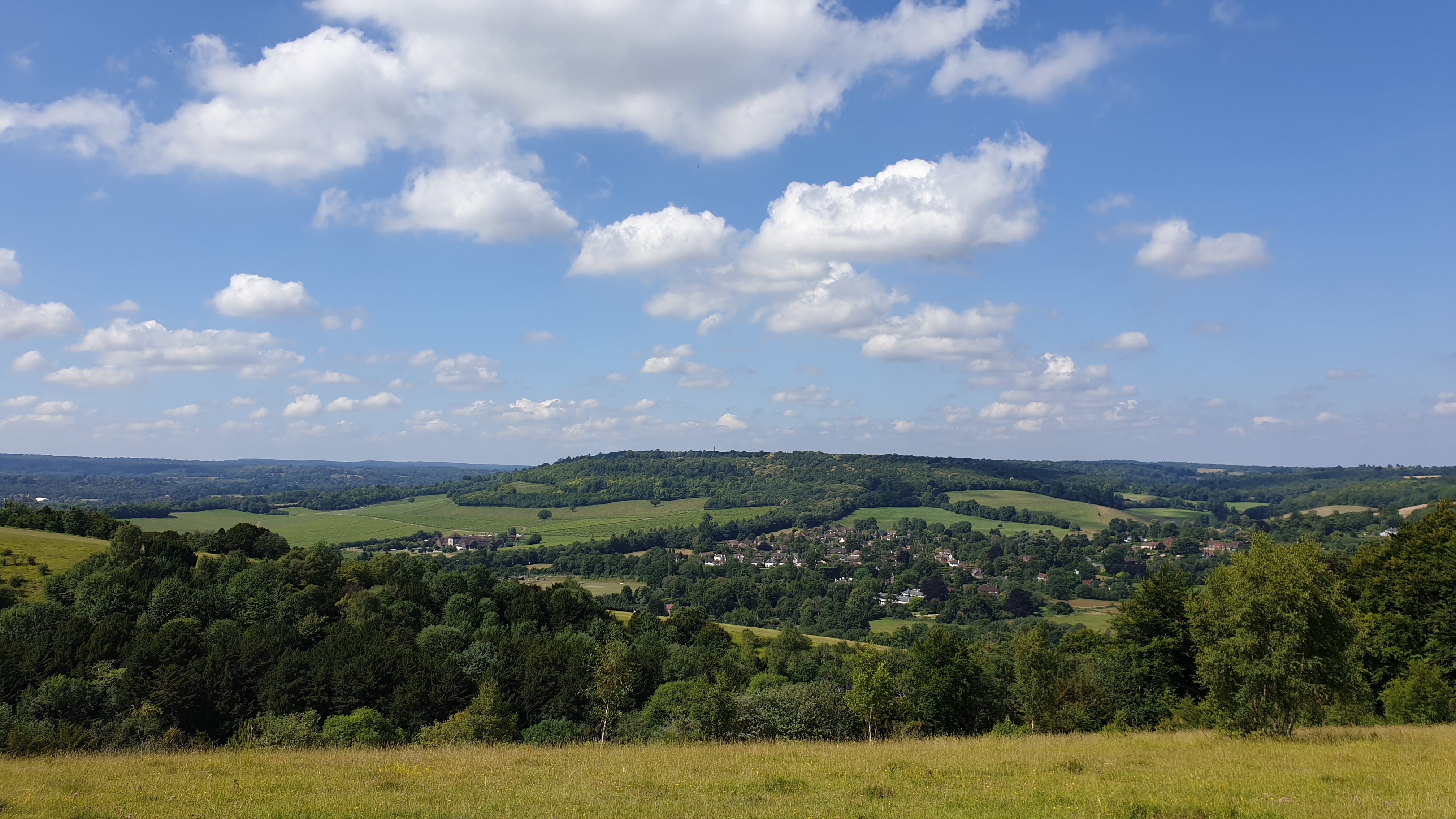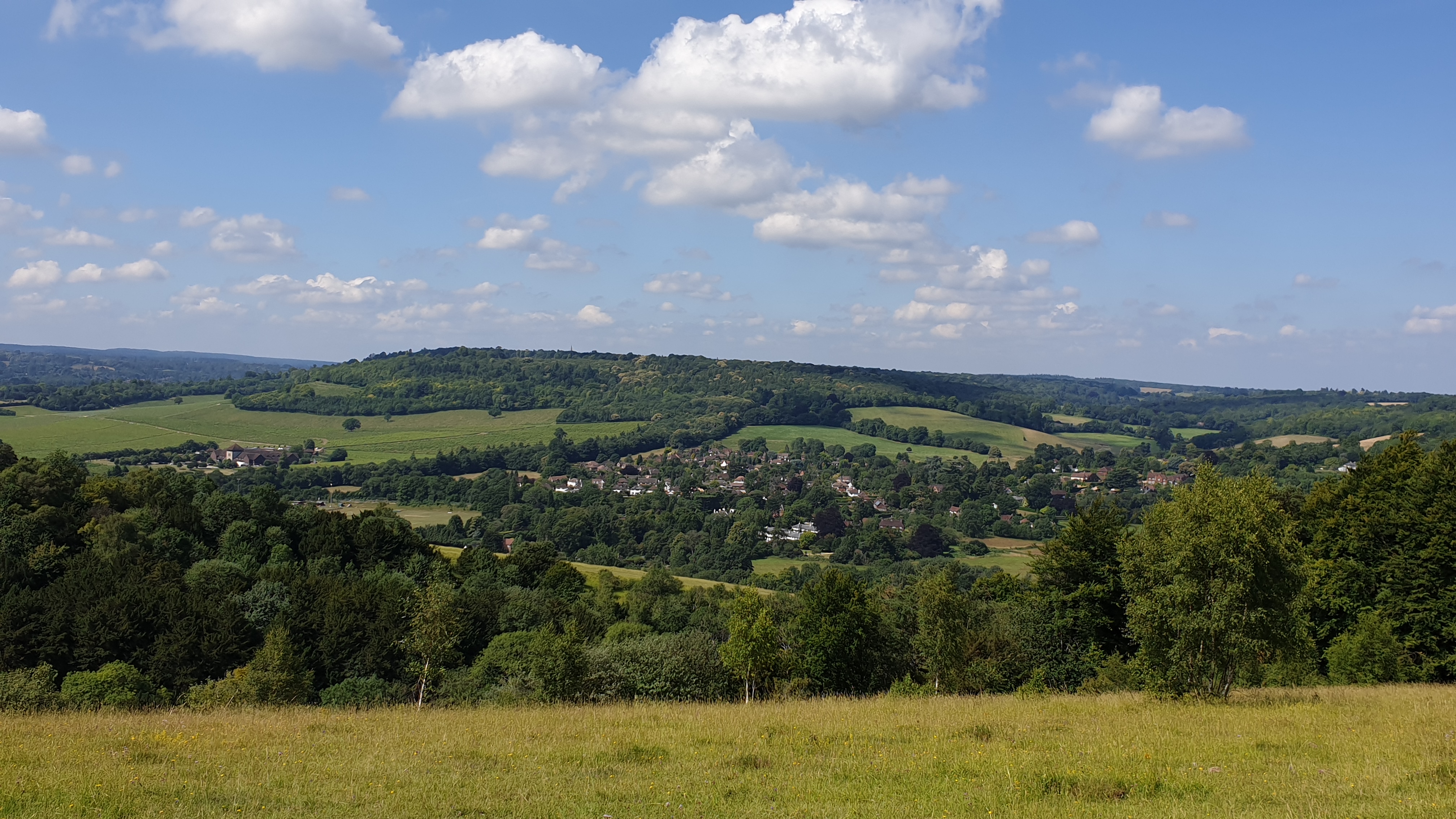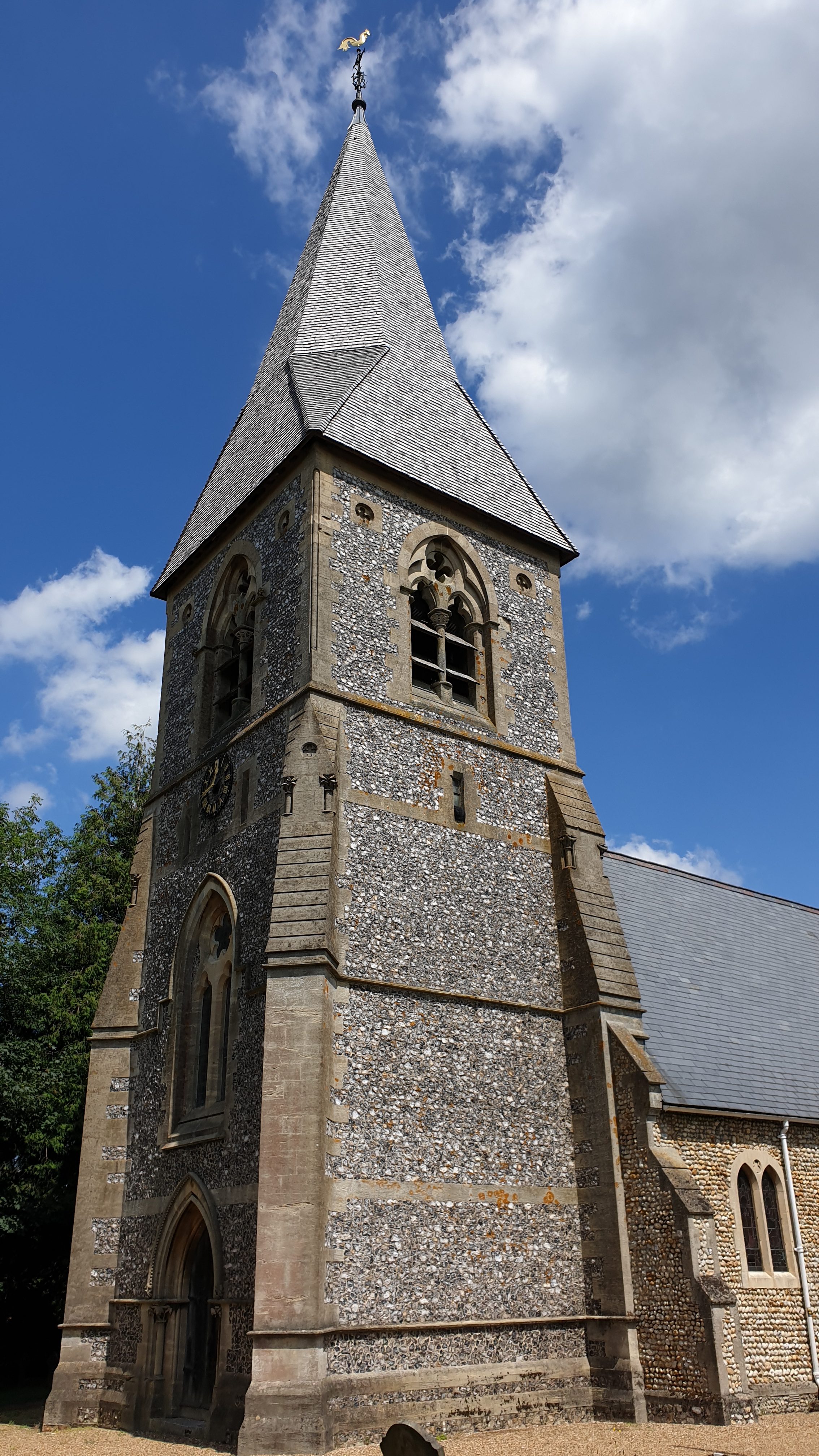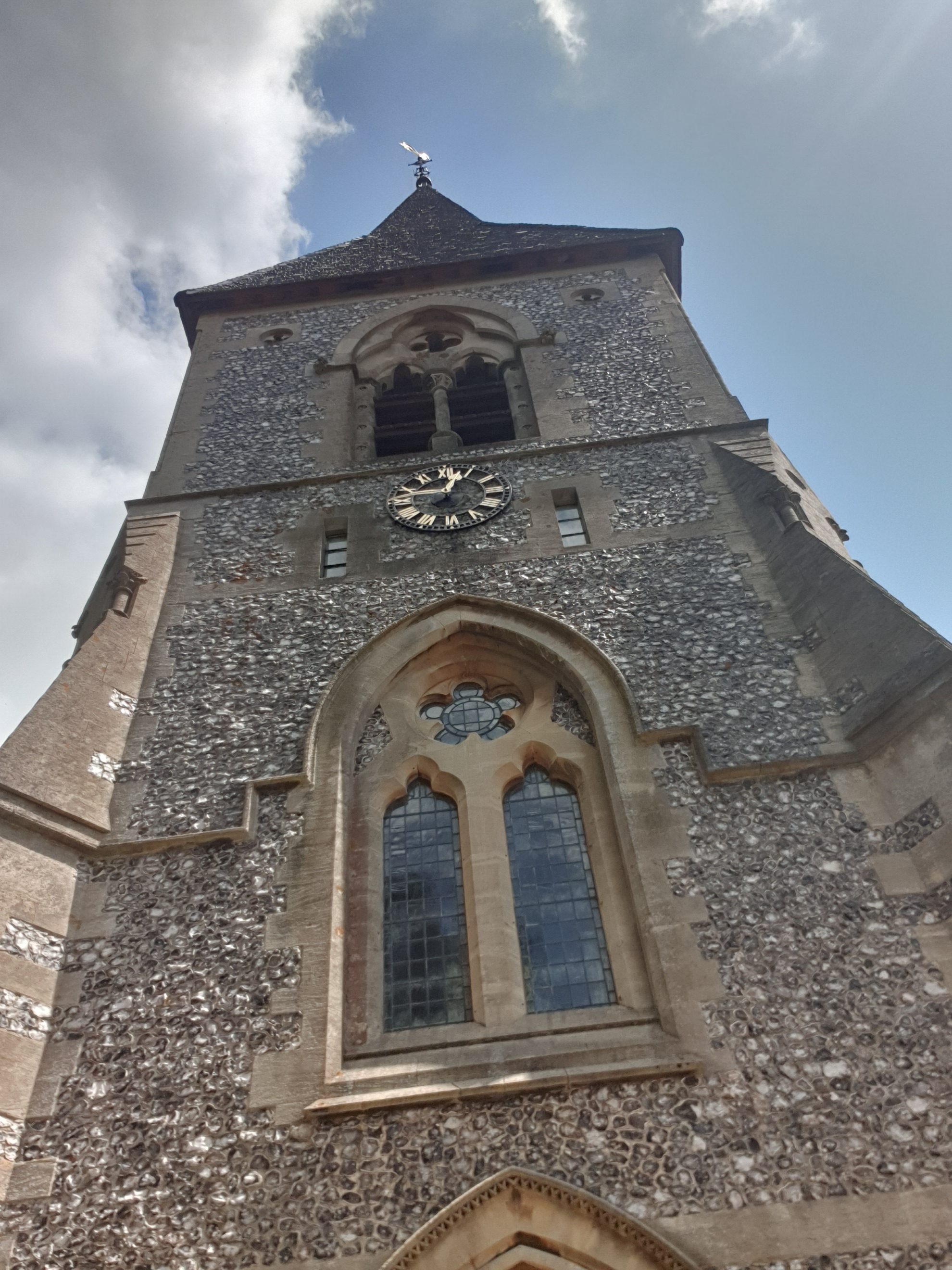I had my first trip to Prague about 10 years ago. I definitely didn’t enjoy the crowds and being charged 2 Euros for use of a public toilet left a bad taste in my mouth. I did however tell Monika (who I met I Chile) that I would come and visit- so here I was.
I must say that I did not expect to like the city as much as I did- I saw it with fresh eyes and having forgotten a lot of what I saw before it was good. Toilets going for 0.50 euro cents also helped :).


















On my second day I headed towards the castle complex, even though my intention was not to go inside as I have already been. You can walk around the complex without tickets after going through security.
























One of my favourite bits of art in the city was the moving face statue named Kafka. It has tourists running around as it moves. The horizontal sections sometimes move together and sometimes independently.
My last day was a mixture of activities- the botanical gardens, the attached winery with , a scenic glass of white wine , checking out slalom champ preparations and a walk down the river. The day finished at Vysehrad- a castle complex with nice night views of the Prague Palace complex.



















































































































































































